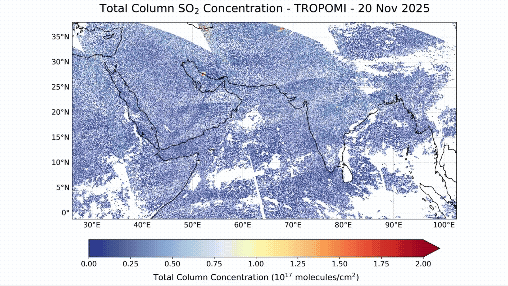In the longest running study of its kind, researchers found sea urchin populations were strongly affected by human-driven environmental changes.

Credit : Kyoto University / Nakano Lab
Sea urchin populations are more sensitive to human activities than previously believed, according to a half-century observational study. Researchers found that changing water temperature and algal blooms strongly affected sea urchin populations and even caused some abnormal development of their larvae. The research is published in the journal Ecological Indicators.
Continuous long-term monitoring is important for detecting ecological changes and understanding their causes. Sea urchins are ecological drivers that can affect the dynamics of whole communities, thanks to their extensive eating of seaweed and large population fluctuations. They are also commonly found in shallow water and therefore subject to human influences, yet few long-term studies focus on their population health.
Between 1963 and 2014, researchers studied the dynamics of three common species of sea urchins in a fixed area off Hatakejima Island, a marine reserve in southern Japan, making this the longest running study of its kind. Each year they conducted a survey of the area, and between 1983 and 2008, six surveys were taken of the entire coast. The three species showed similar overall trends, with large numbers in the 1960s and 1970s, abrupt declines in the late 1970s or early 1980s, and a recovery toward the late 1990s.
The team from several Japanese institutes, found that red tide – another term for algal bloom – along with warm winter ocean temperatures, and current are related to the abundance and species richness of these three commonest sea urchins. Each species was affected by different factors, and in one, red tides were linked to abnormal development, providing a rare connection between larval and post-larval ecology of an intertidal animal – one that is in water at high tide and out of water at low tide – over a long term.
Professor Tomoyuki Nakano, from Kyoto University said: “Our study is the longest of its kind into sea urchin populations, and demonstrates the importance of monitoring impacts of environmental stressors and addressing the mechanisms of changes in the abundance of not only sea urchins but other marine creatures.”
The team conclude that because human impacts will continue to affect marine invertebrates, long-term studies like this one will be invaluable in understanding ecological changes. Combining these observations with experimental approaches will shed light on relationships between environmental factors.






